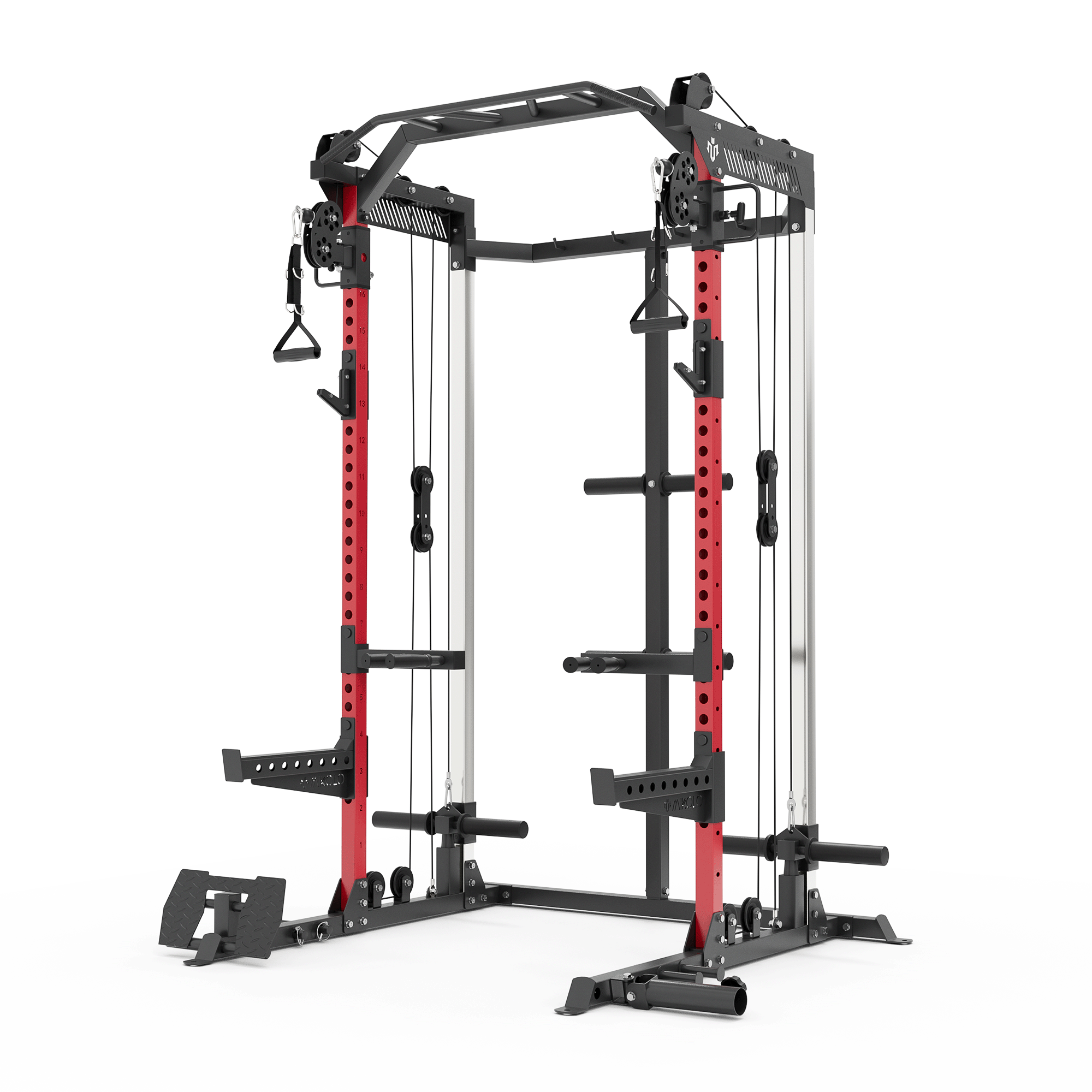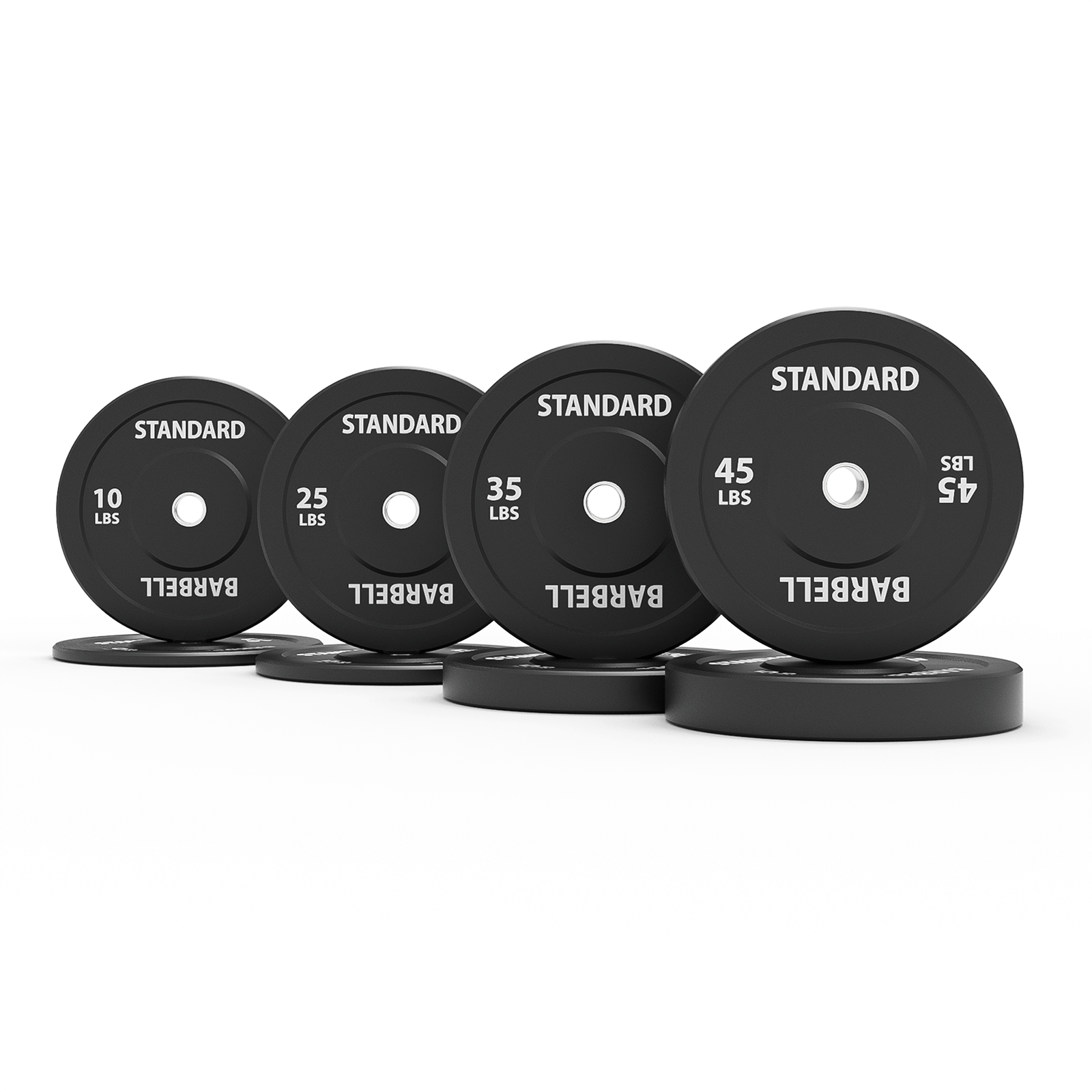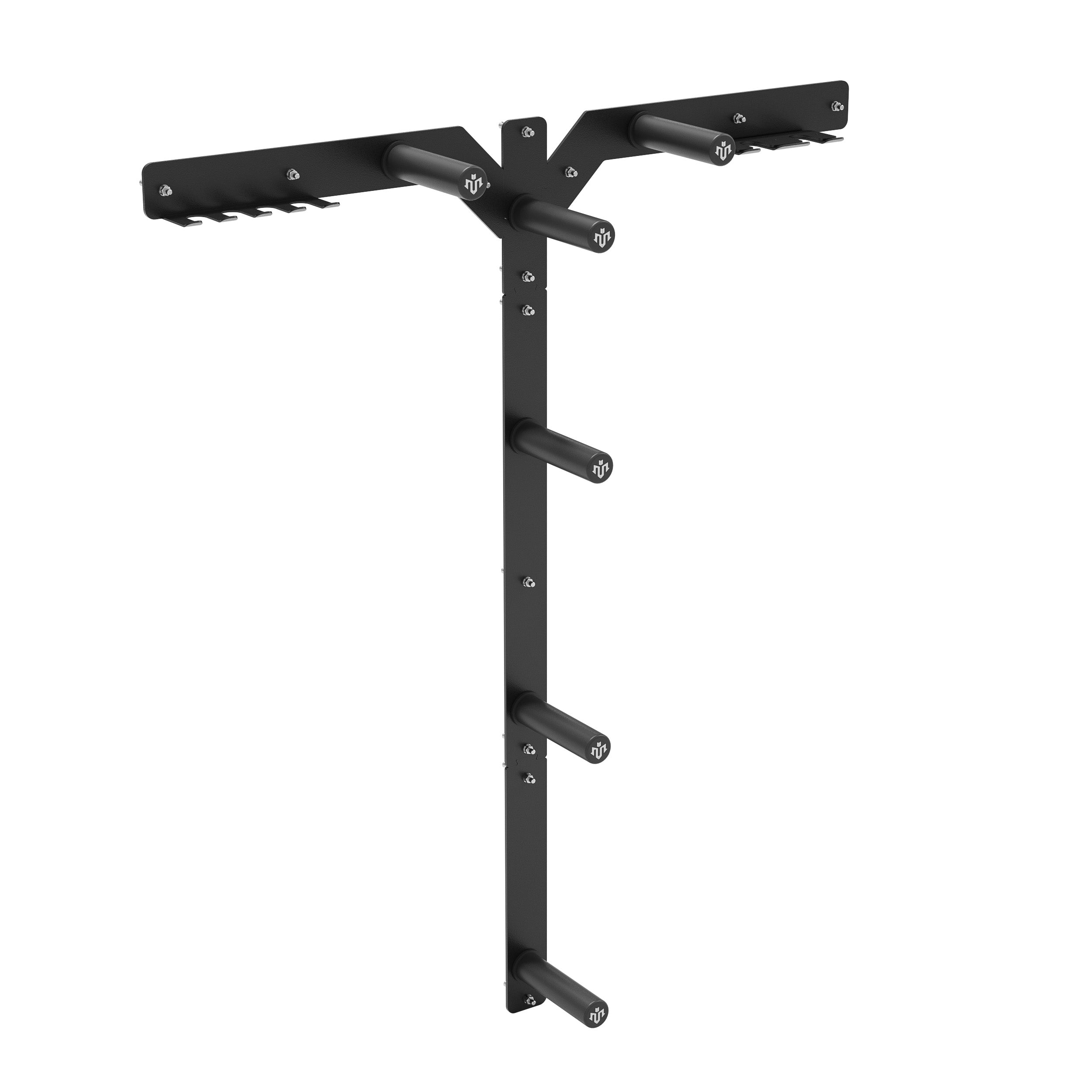When it comes to understanding your body—whether you're tracking progress in your fitness journey, managing health conditions, or simply satisfying curiosity—knowing how much your limbs weigh can offer valuable insight. While individual numbers vary based on sex, age, height, and muscle-to-fat ratio, we can estimate limb weights using scientific data and real-world averages.
How Much Does a Leg Weigh?
Legs are among the heaviest parts of the human body, primarily due to their muscle mass, bone density, and function. A single human leg generally accounts for 16–18% of your total body weight.
-
For an average adult weighing 150 lbs, one leg might weigh 24–27 lbs.
-
For someone weighing 200 lbs, each leg could weigh 32–36 lbs.
So, if you've ever wondered how much does my leg weigh, take your body weight and multiply it by about 0.17 for a close estimate per leg.
How Much Does a Human Leg Weigh in Kilograms?
Using the same formula:
-
For someone who weighs 70 kg, one leg weighs approximately 11.5–13 kg.
What About Just the Thighs?
Thighs carry the majority of leg mass, particularly in the quadriceps and hamstrings. A single thigh may weigh 10–15 lbs, depending on muscle development.
How Much Do Arms Weigh?
Arms, while smaller, still carry a significant portion of muscle—especially in the biceps, triceps, and deltoids. A single human arm makes up about 5–6.5% of body weight.
-
If you weigh 150 lbs, one arm weighs 7.5–9.5 lbs.
-
At 200 lbs, one arm weighs 10–13 lbs.
If you're asking how much does my arm weigh, multiply your total weight by 0.06 for a rough estimate.
Average Arm and Leg Weights
While individual results vary, here’s a simplified average guide:
| Body Part | % of Total Body Weight | Avg. Weight (150 lbs adult) | Avg. Weight (200 lbs adult) |
|---|---|---|---|
| One Leg | 16–18% | 24–27 lbs | 32–36 lbs |
| One Arm | 5–6.5% | 7.5–9.75 lbs | 10–13 lbs |
These values include both muscle and bone weight. Athletes and individuals with higher muscle mass may have heavier limbs, while those with a leaner frame may weigh less.
How to Weigh Your Legs or Arms
There’s no need for fancy equipment. Here are two methods:
-
Body Composition Scans: Devices like DEXA (dual-energy X-ray absorptiometry) give precise limb mass measurements.
-
Smart Scales with Segmental Analysis: Some at-home scales can estimate the mass of individual limbs, giving you a breakdown of muscle and fat distribution.
Is the Leg the Heaviest Part of the Body?
Yes. Legs contain the largest muscle groups and dense bone structures like the femur. Combined, both legs account for nearly one-third of total body mass.
What Percentage of Body Weight is Legs vs. Arms?
-
Legs (both): ~32–36%
-
Arms (both): ~10–13%
That’s why leg day can feel so demanding—you’re training some of the largest and most powerful muscles in your body.
Final Thoughts
Whether you're a runner, a lifter, or someone recovering from injury, understanding the weight of your limbs can help you set realistic training goals, estimate caloric output, and fine-tune your performance. While averages help, every body is unique—if precision is important, consider getting a body scan for personalized insight.
Would you like a calculator to estimate your specific arm and leg weight based on your total body weight?















































Leave a comment
This site is protected by hCaptcha and the hCaptcha Privacy Policy and Terms of Service apply.